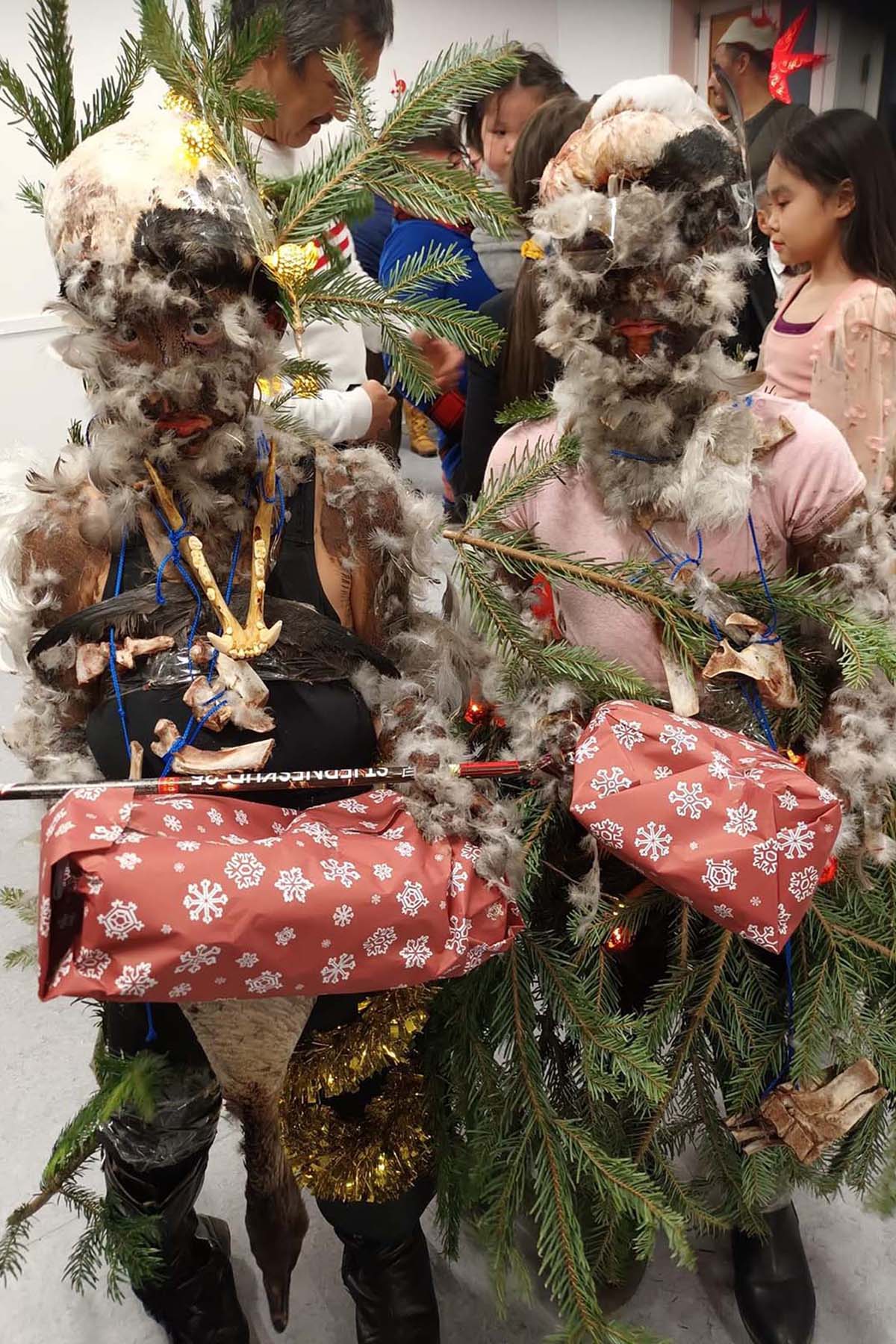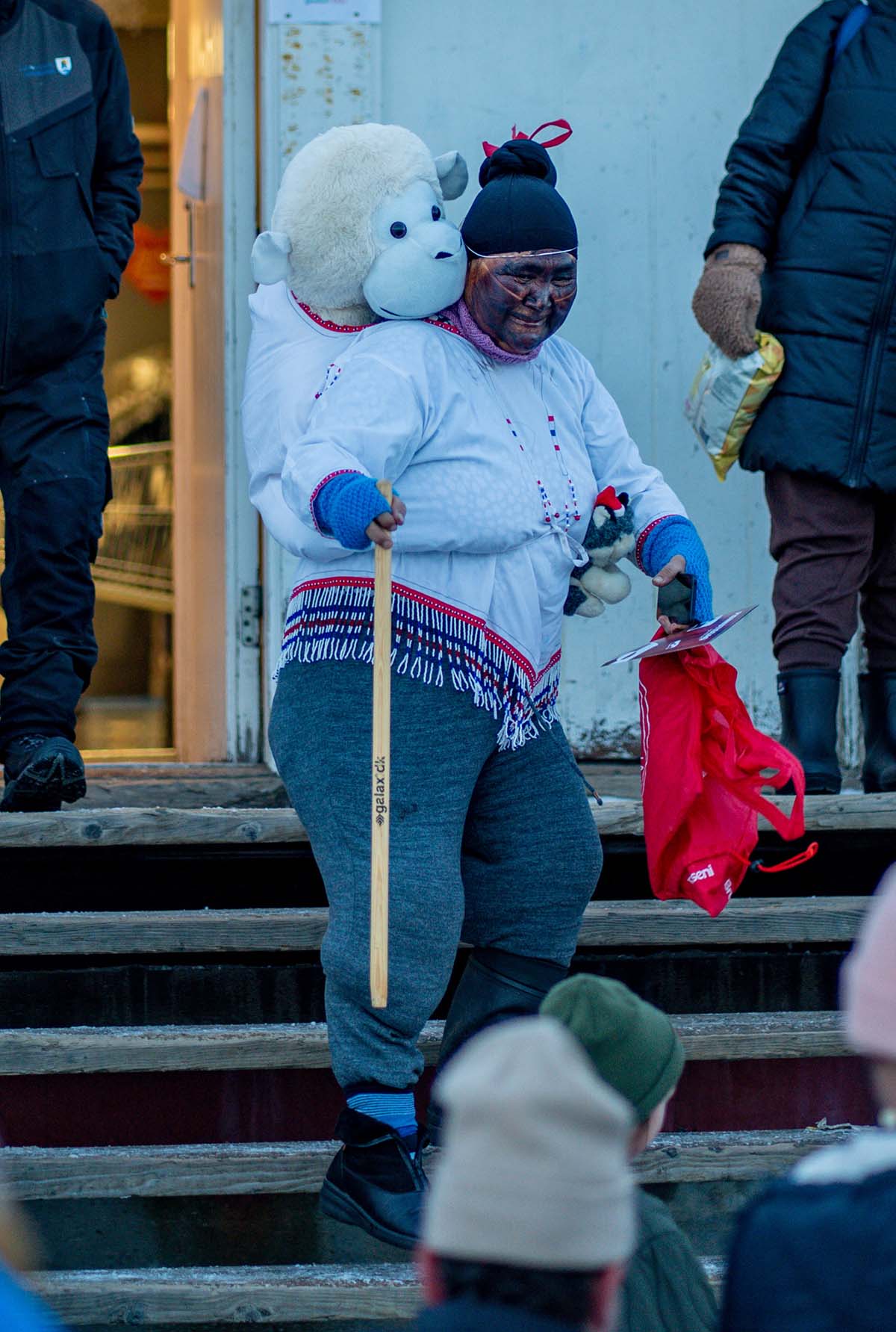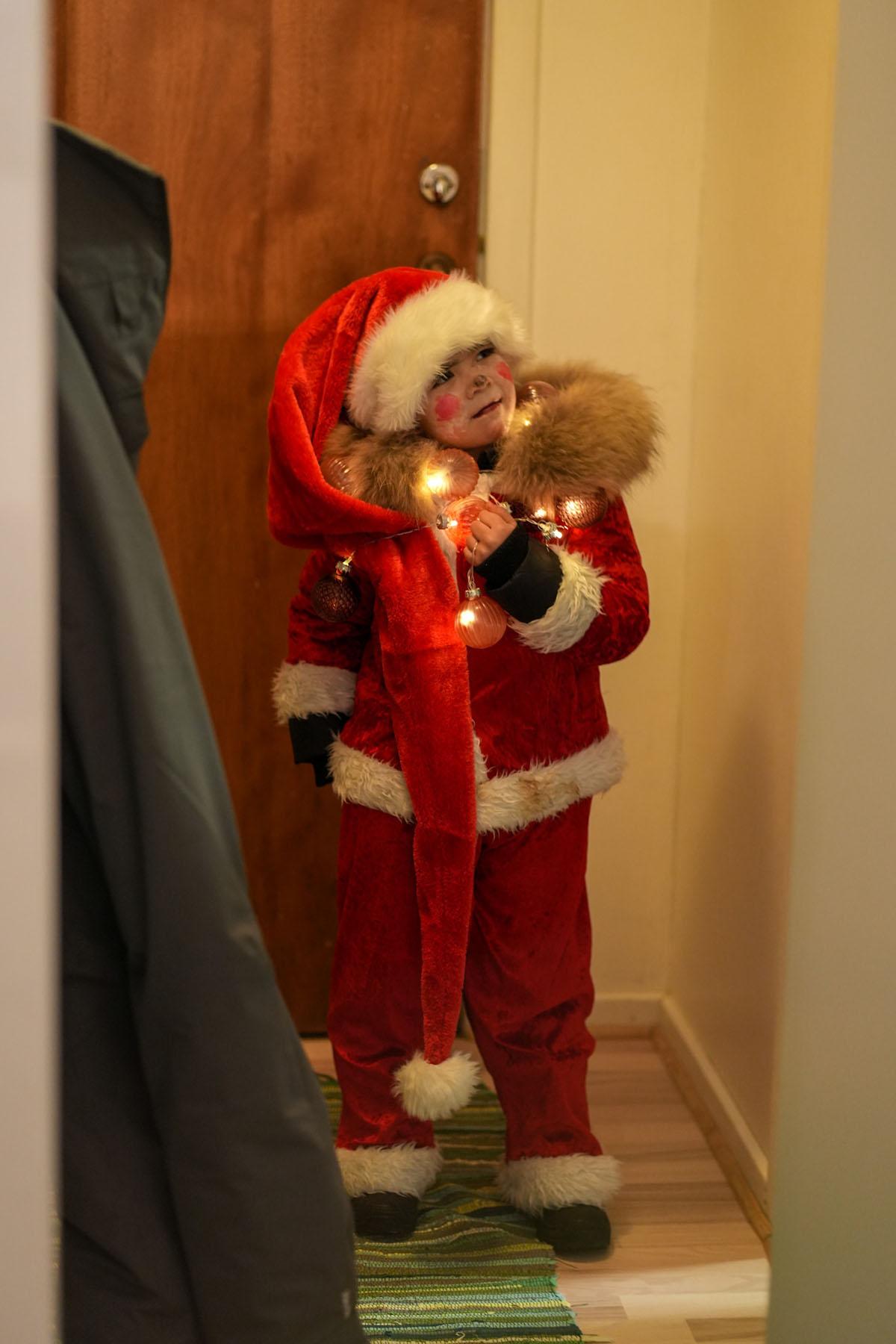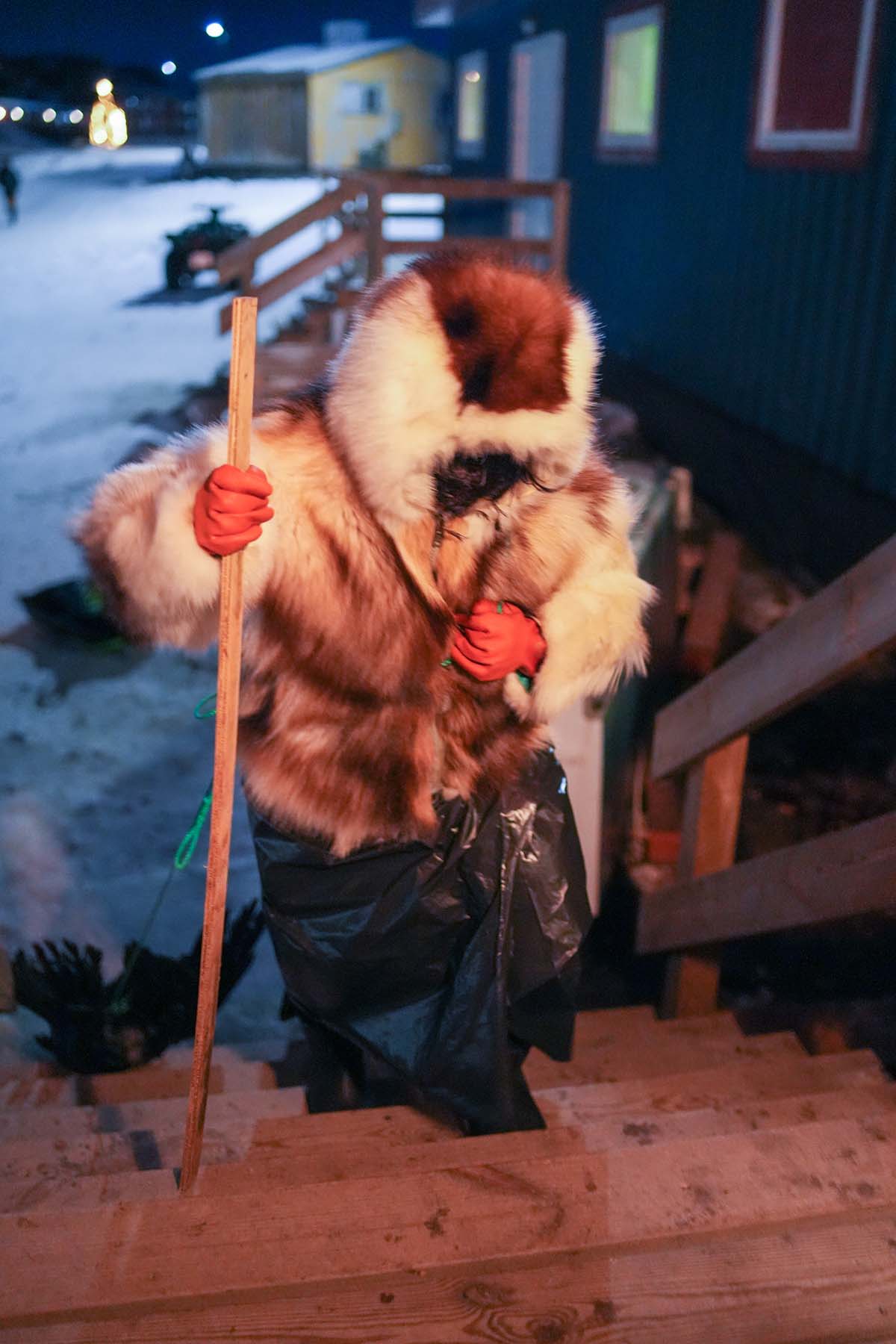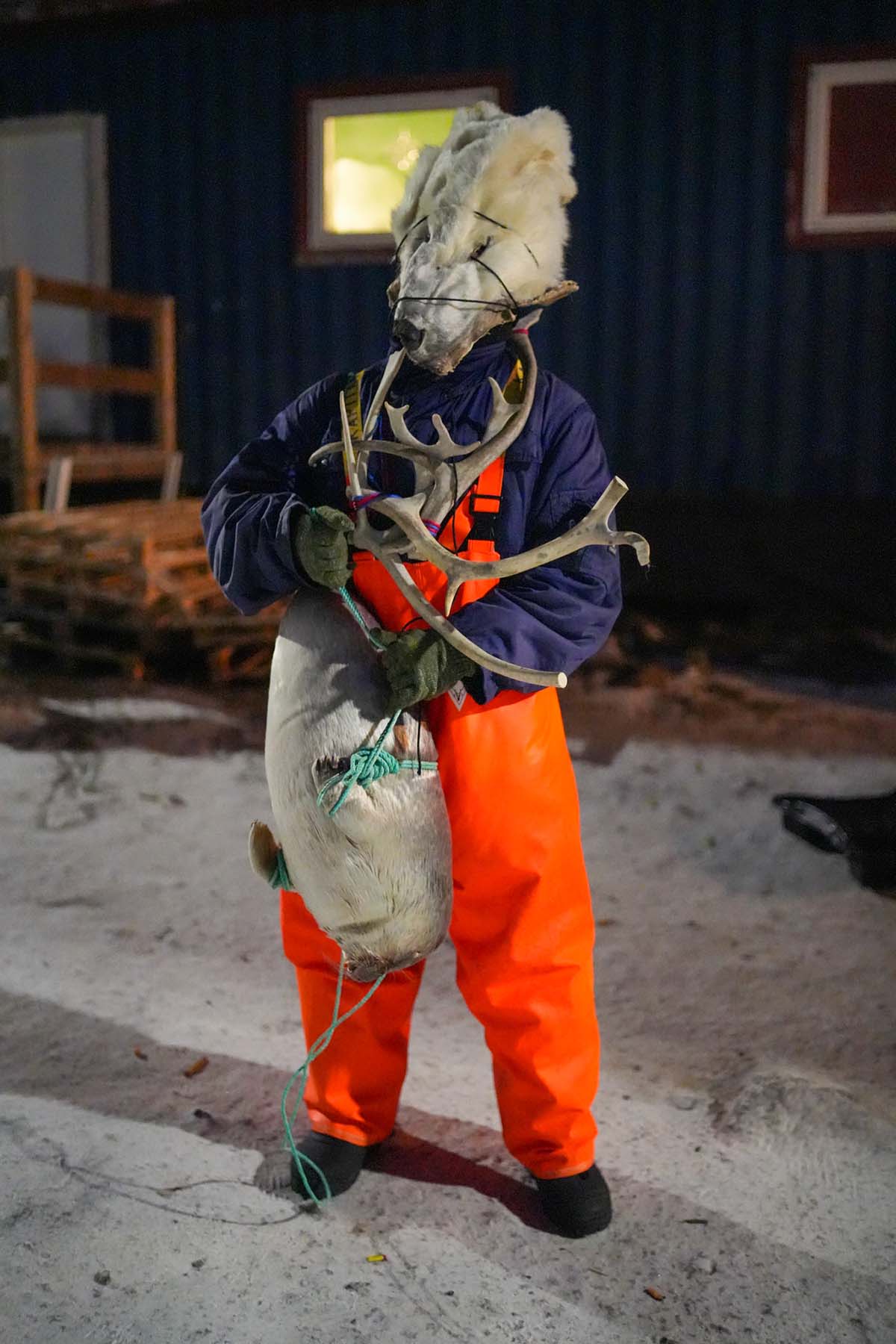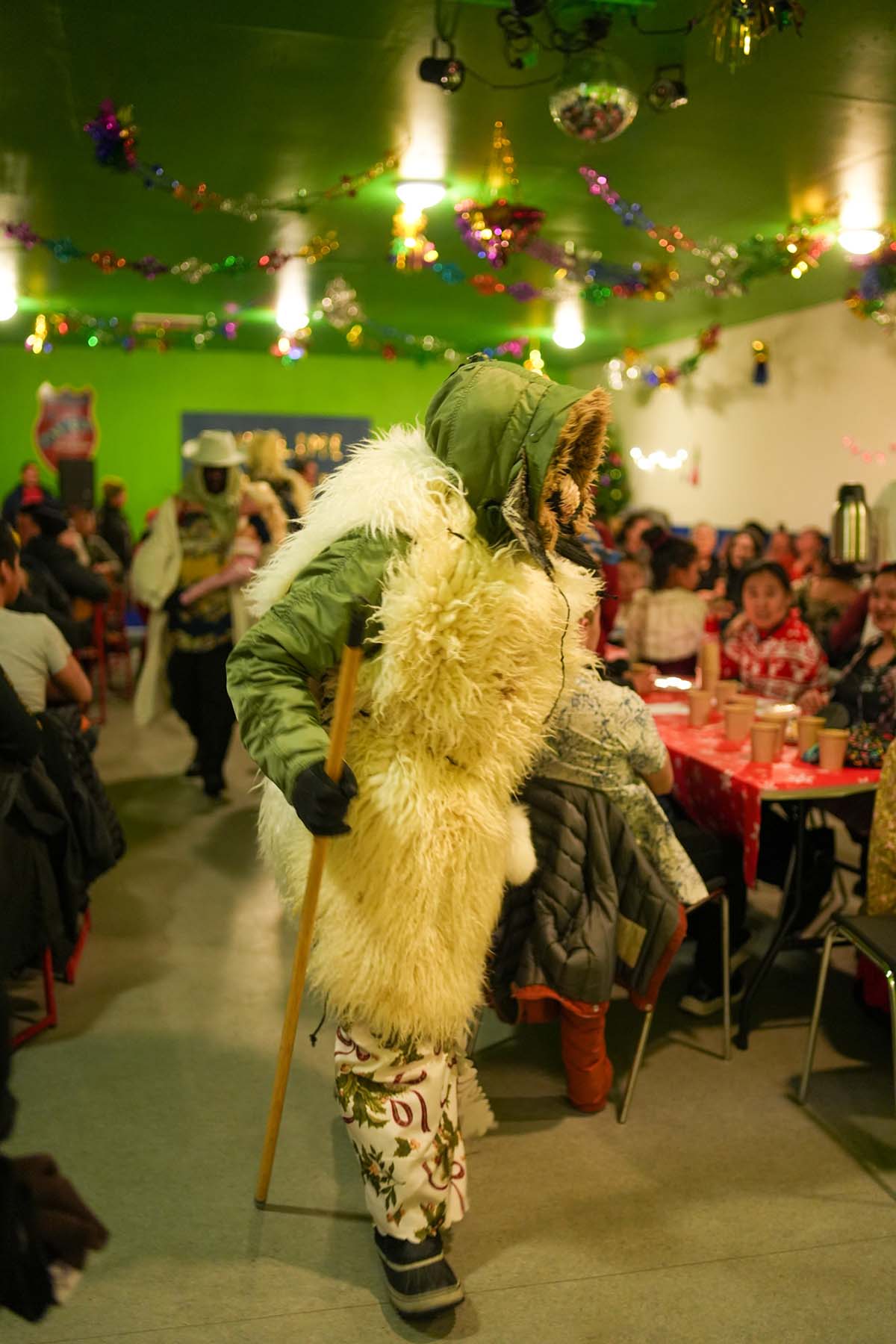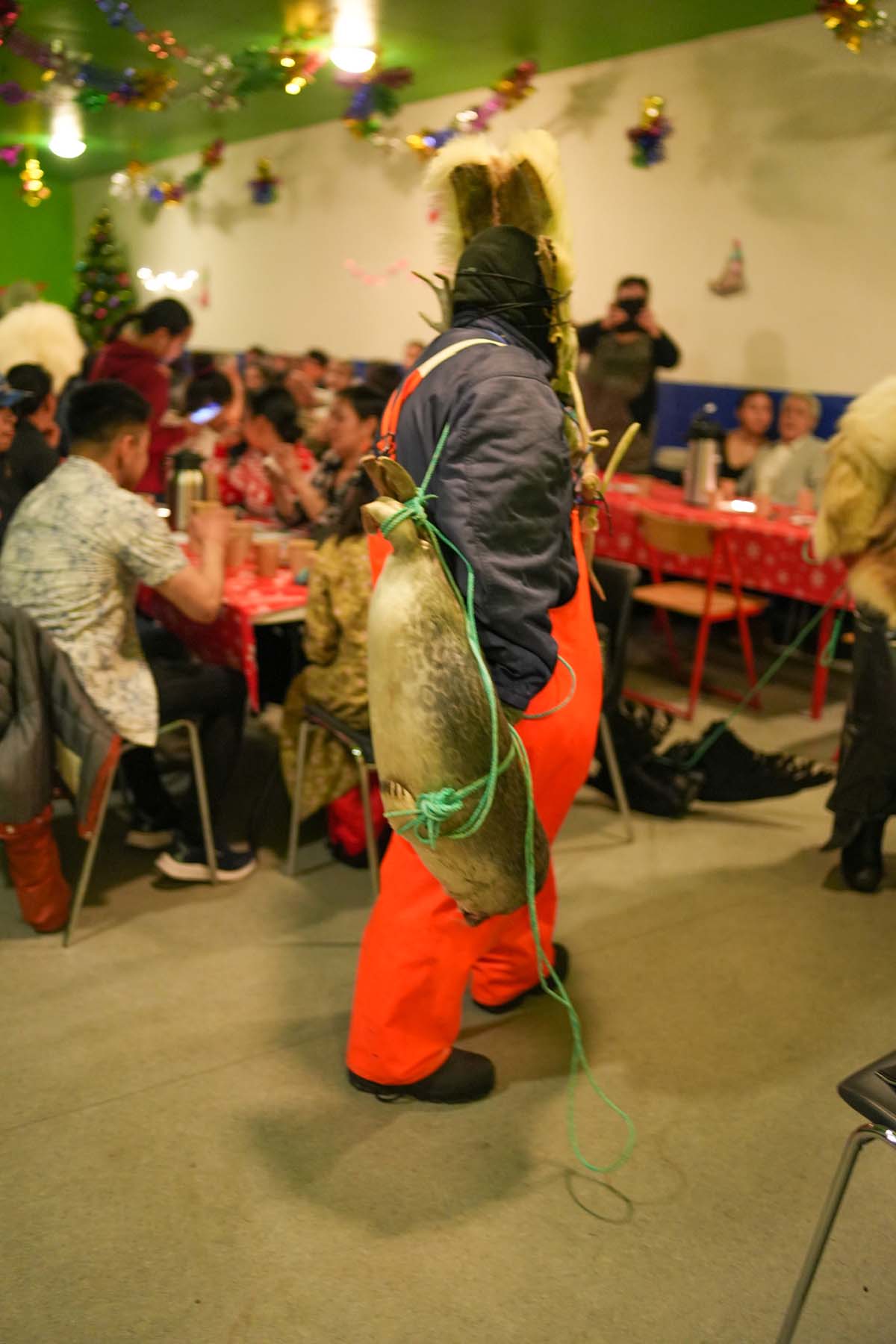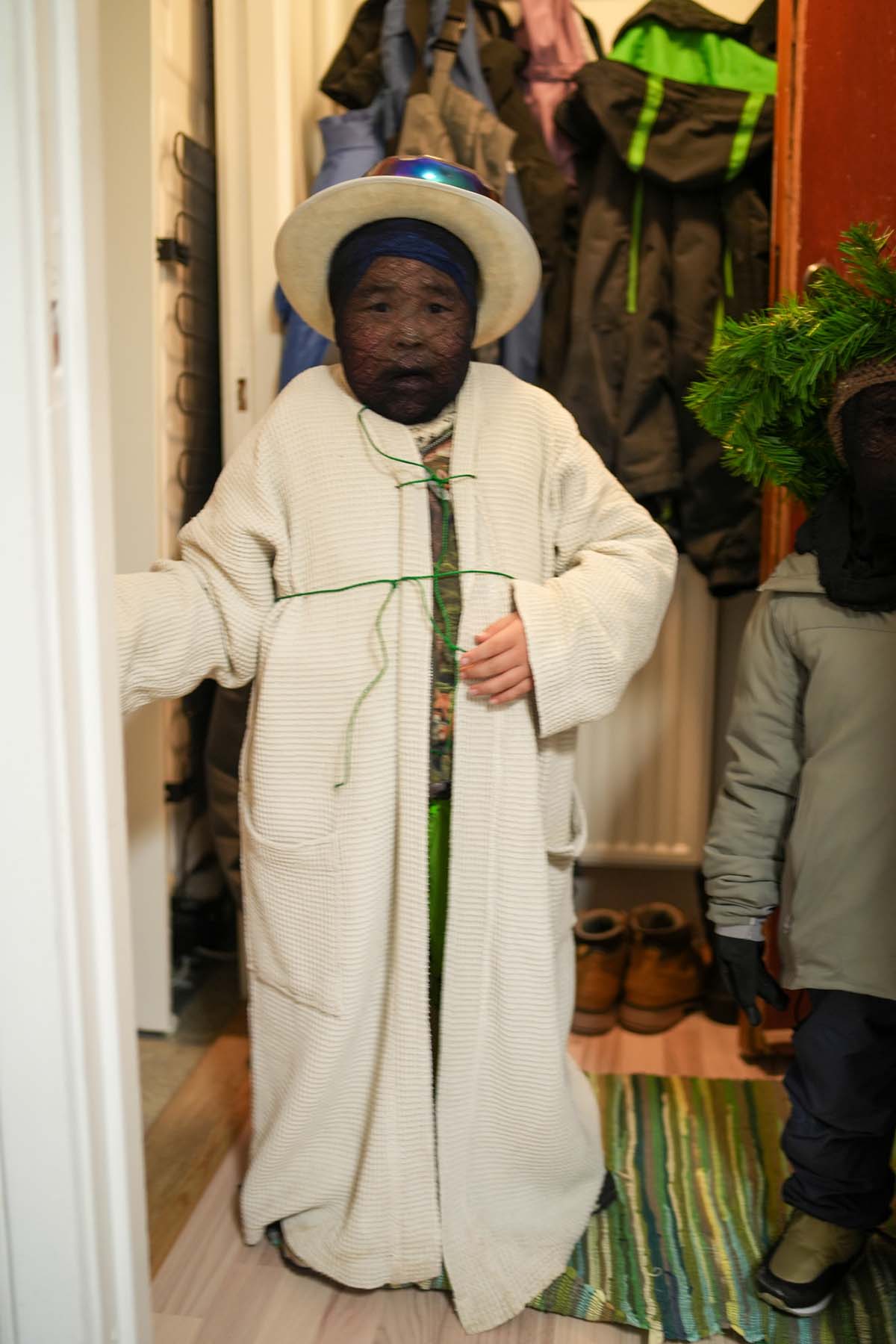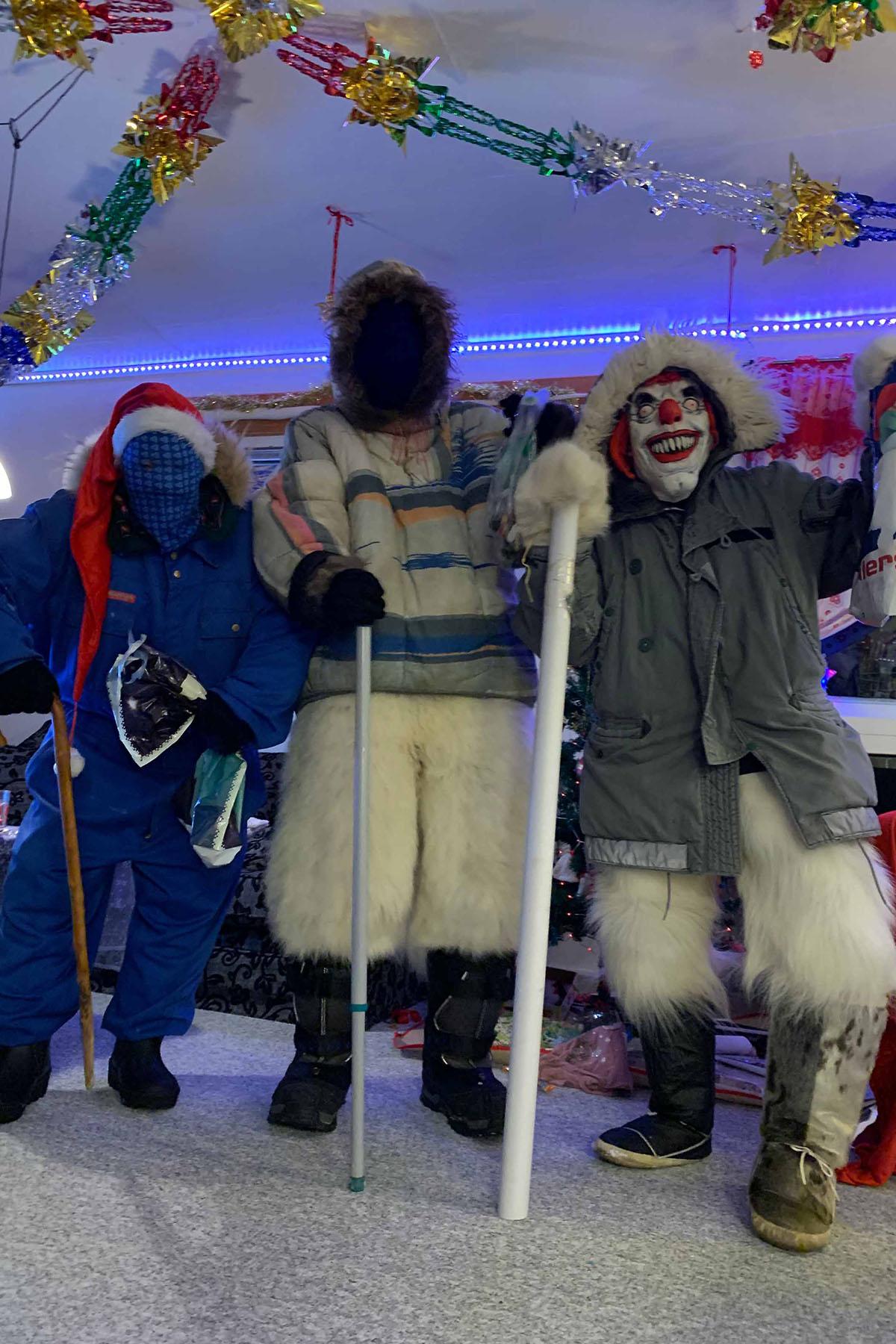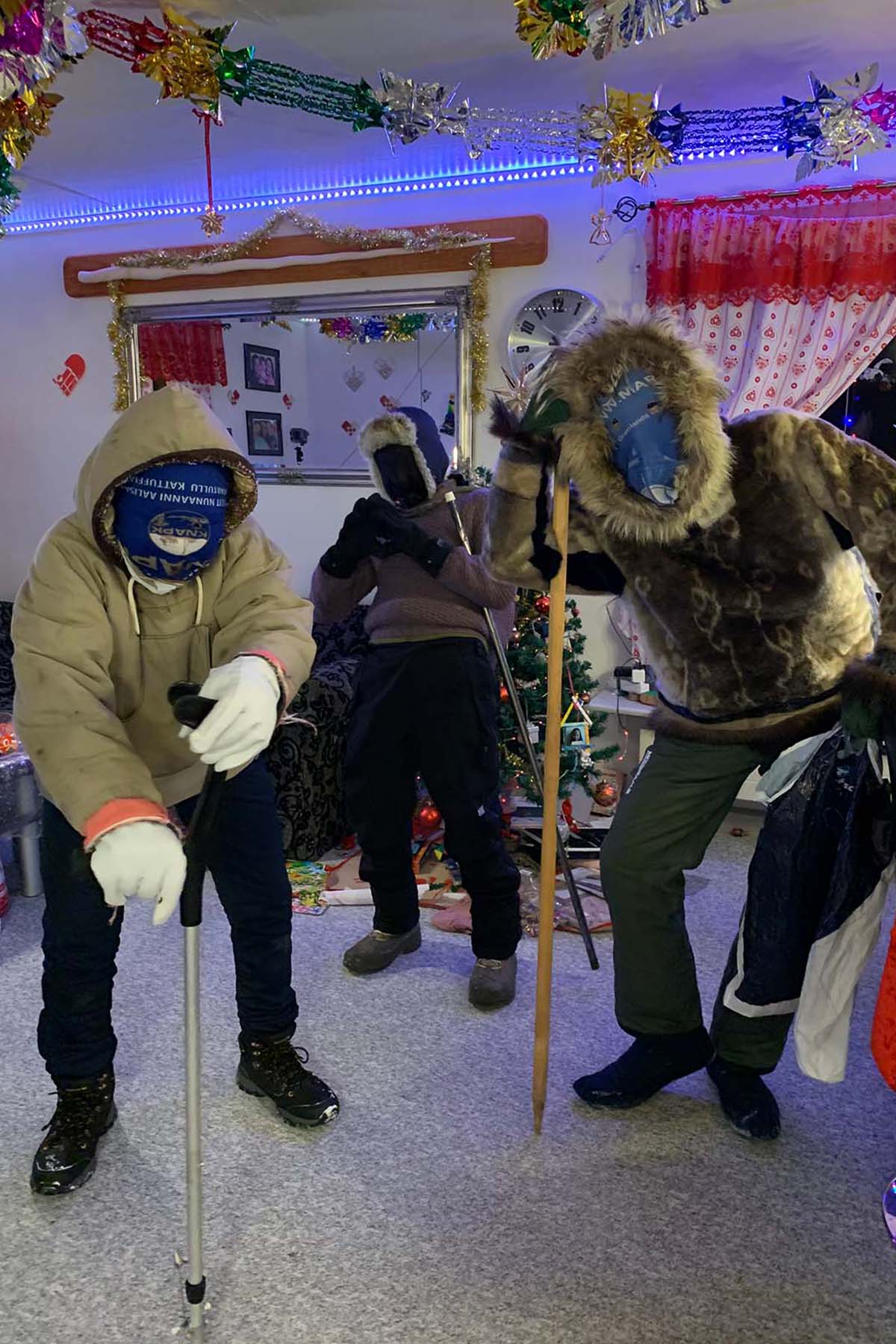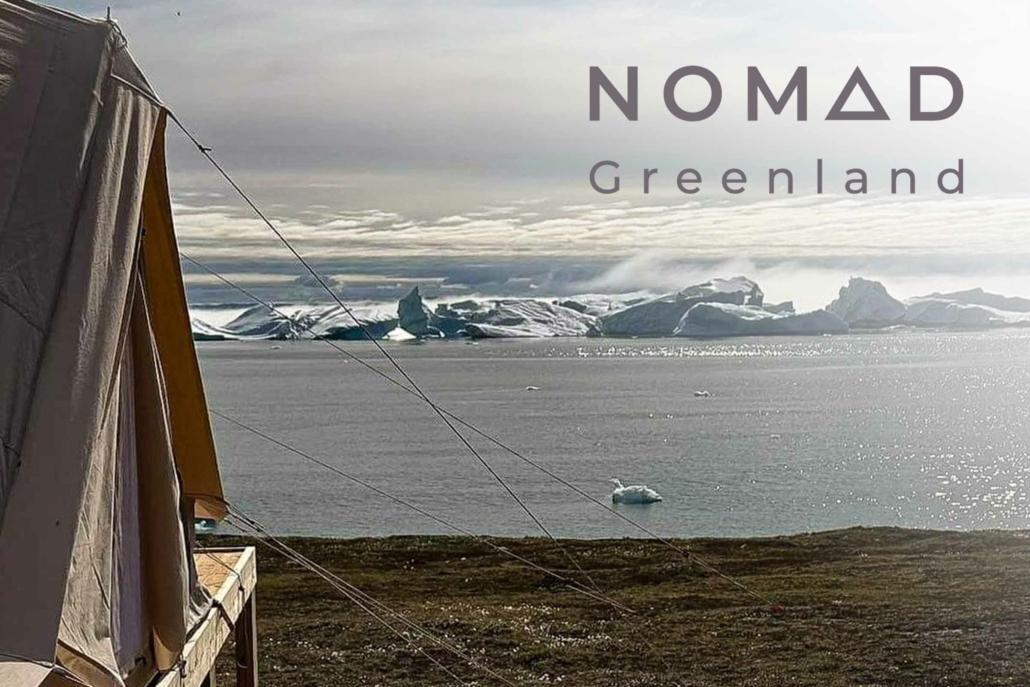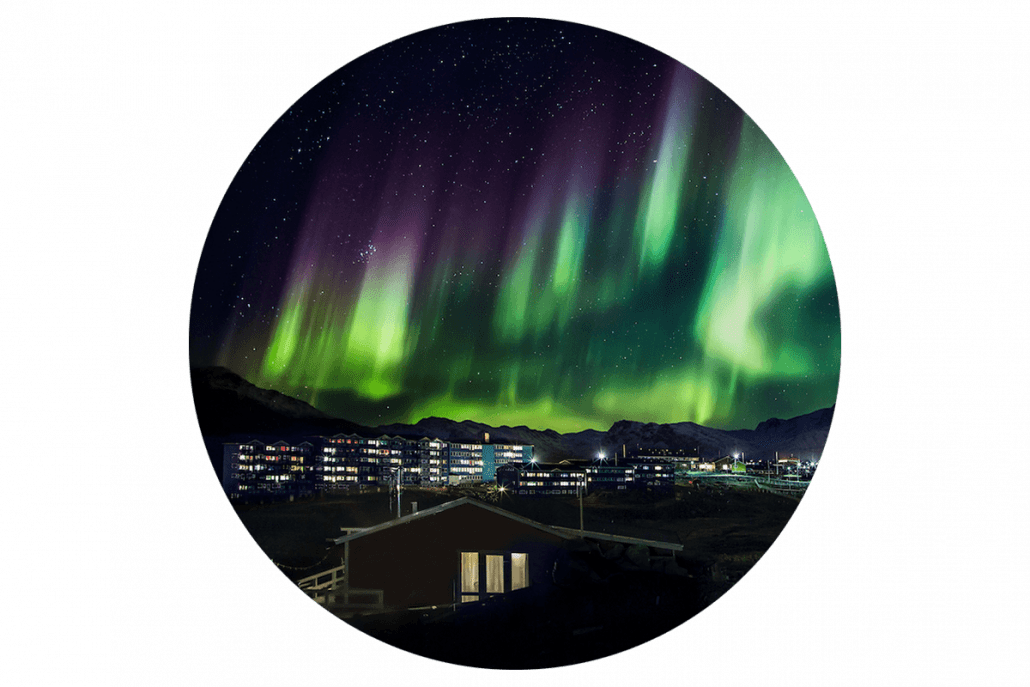In Greenland, the winter season is marked by unique traditions that have been passed down through generations. One of these customs is Mitaartut, which occurs around the time of Epiphany, celebrated on January 6th. This tradition is a blend of indigenous Inuit culture and Danish influence, offering a glimpse into Greenland’s rich heritage.
Mitaartut
The Silent Masked Performances
Mitaartut are silent masked performances who visit families in many towns and settlements in Greenland shortly after New Year’s, typically on Epiphany, January 6th. These mysterious characters, known as “mitaartoq” in singular, knock on doors, enter homes, and communicate without words. Instead, they use humorous gestures and movements that correspond to their disguises. People often playfully tease and laugh at the funny things Mitaartut do, but these quiet actors stay true to their characters.
At the end of their visit, Mitaartut are rewarded with treats such as cakes, candy, and cigarettes. The custom’s name, “Mitaarneq,” translates to “cutting faces,” which refers to the practice of smearing soot on the face and distorting it with strings stretched from ear to ear when masks are not used. Participants also showcase a variety of imaginative costumes and masks, sometimes even mimicking famous artworks like Edvard Munch’s “The Scream.” The masks portray a mix of traditional scare spirits and contemporary themes, reflecting both cultural heritage and modern influences.

